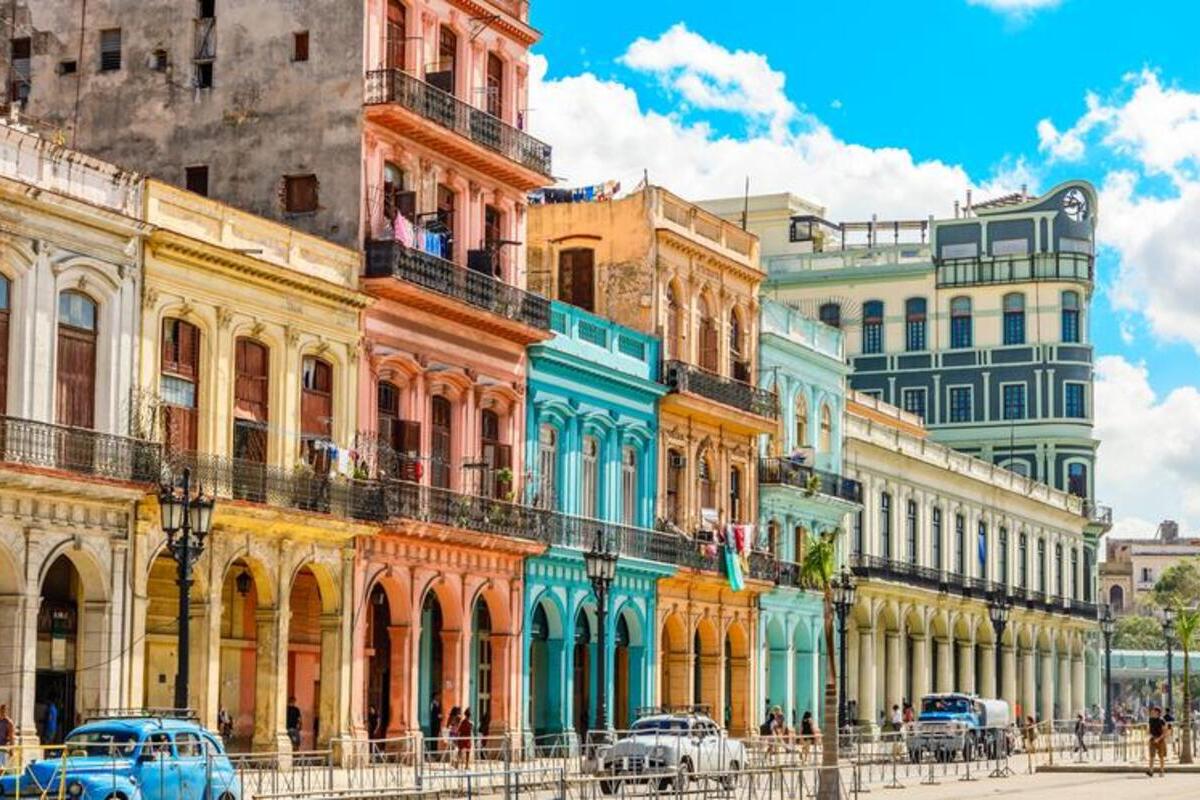Havana is the heart of Cuba, a city with a unique atmosphere that combines colonial heritage, Caribbean culture, and modern elements. It is famous for its narrow streets, colorful houses, vintage cars, and unforgettable music. This is a place where history comes alive at every step, while the rhythms of salsa and the aroma of coffee create a special mood. Havana attracts tourists from all over the world, as it is full of legends, landmarks, and fascinating stories. Here are some captivating facts about Havana you may not have known.
- Havana was founded by the Spanish in 1519. It quickly became an important port in the Caribbean Sea where ships carrying gold and silver from the New World to Europe made stops. This gave the city strategic importance.
- The official name of the city is San Cristóbal de La Habana. It was given in honor of Saint Christopher, the patron saint of travelers. However, the city is widely known simply as Havana.
- The Old Town, known as Habana Vieja, is listed as a UNESCO World Heritage Site. It has preserved unique colonial-era buildings, narrow cobblestone streets, and impressive squares. This district is often described as an open-air museum.
- One of the most famous landmarks is the Malecón promenade. Stretching for 8 kilometers along the coast, it is a favorite place for walks for both locals and tourists. Here you can observe Cuban daily life and feel the city’s energy.
- Classic 1950s cars have become a symbol of Havana. Many are still running thanks to the skills of Cubans who repair and maintain them with great craftsmanship. For tourists, a ride in one of these vintage cars is an unforgettable experience.
- One of the city’s main architectural monuments is the Capitol building. Constructed in 1929, it resembles the United States Capitol in Washington in its style. Today, it is one of the most recognizable landmarks in Cuba.
- Havana is known for its fortresses built to defend against pirates. Among them, Castillo del Morro stands out, located at the entrance to the harbor. From there, visitors can enjoy stunning views of the city and the sea.
- The city has a vibrant musical culture. Salsa, mambo, and rumba rhythms, which are symbols of Cuban identity, can be heard everywhere. Music in Havana is not limited to clubs, it also fills the streets.
- An important part of the city is the Plaza de la Revolución. Major political events of Cuba take place here. The enormous portrait of Che Guevara on the Ministry of the Interior building has become a symbol of both the city and the nation.
- Havana has a rich literary history. American writer Ernest Hemingway lived here for more than 20 years. His favorite places were the bars La Bodeguita del Medio and El Floridita, which remain popular among tourists to this day.
- The city is home to one of the oldest theaters in Latin America, the Gran Teatro de La Habana. Opened in 1838, it became a hub for opera and ballet. Today, it houses the Cuban National Ballet.
- Havana has one of the world’s largest cigar factories. Cuban cigars are considered among the finest in the world, and many tourists visit the factories to see the production process firsthand.
- The city is also famous for its rum, particularly the Havana Club brand. Cuban rum is exported worldwide and represents an important part of the nation’s culture and economy.
- Havana is rich in festive traditions. One of the most colorful events is the Carnival, held during the summer. At this time, the streets fill with dancers, music, and vibrant costumes.
- The climate of Havana is tropical, with warm temperatures year-round. From May to October, the rainy season occurs, while from August to November, hurricanes are possible. This climate keeps the city’s nature lush and green.
- Havana has many museums, with the Museum of the Revolution standing out. Located in the former presidential palace, it holds numerous exhibits related to the Cuban Revolution.
- A special feature of Havana is the blend of European and Caribbean architectural styles. Visitors can admire both baroque cathedrals and modernist buildings from the 20th century. This diversity makes the city unique.
- Tourists often highlight the hospitality of the locals. Cubans are warm, friendly, and always eager to share stories about their lives. This openness creates a welcoming atmosphere that attracts visitors from across the globe.
- Havana has a modern international airport named after José Martí. It serves as the main gateway to Cuba for international travelers. Most visitors arrive in the country through this airport.
- The city is regarded as one of the cultural centers of Latin America. It hosts numerous film, music, and dance festivals. Thanks to this, Havana has maintained its reputation as the cultural capital of the Caribbean.
Havana is a city that enchants with its history, culture, and vibrant rhythm of life. Interesting facts reveal its diversity and uniqueness, which continue to attract travelers from all over the world. Incredible facts prove that Havana is not just the capital of Cuba but a true legend of the Caribbean. You may not have known many of these details, but now you have a clearer image of a city that harmoniously blends the past and the present.





